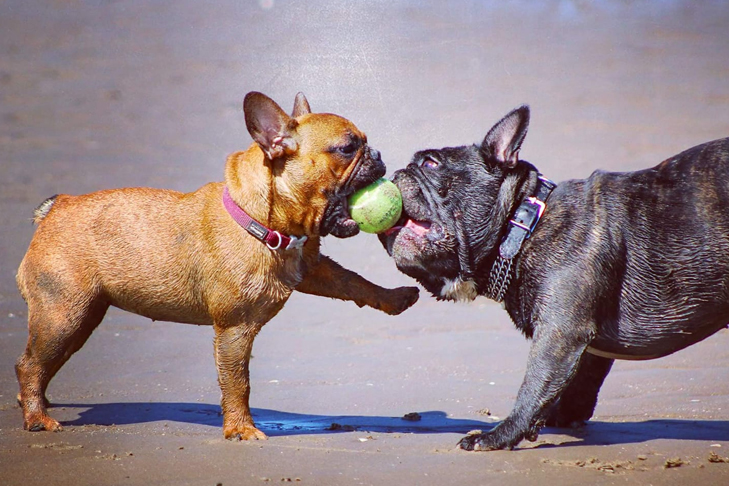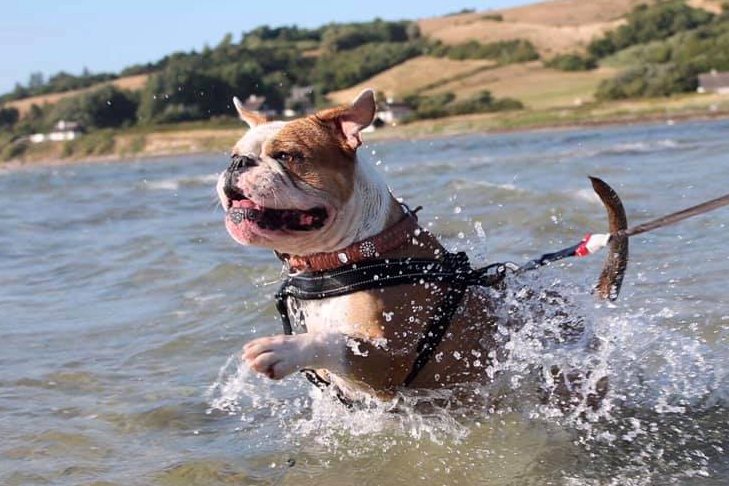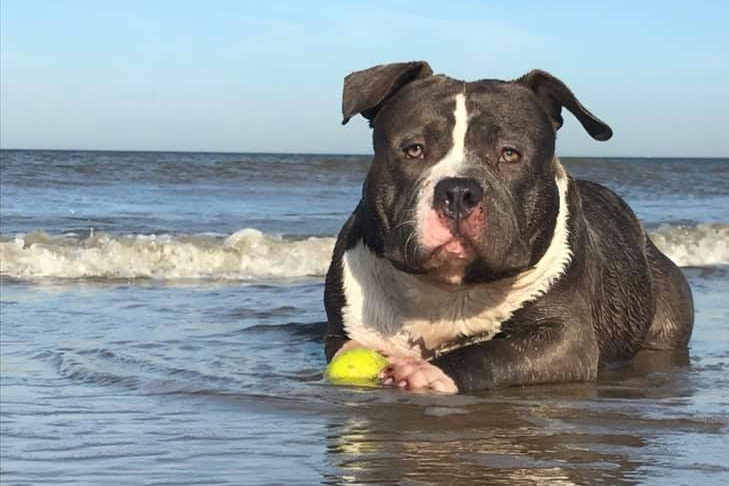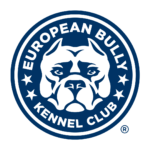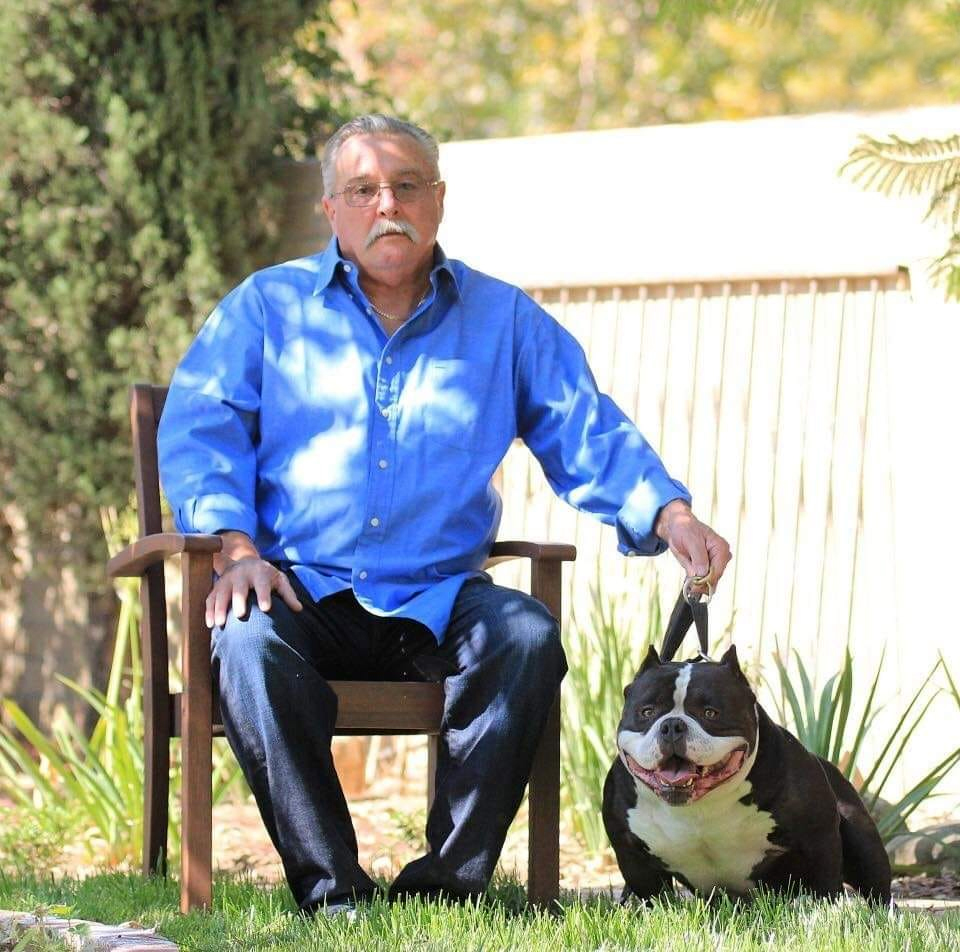
Mr. Ed Sheperd, founder of Gottyline & Daxline has died. He who owned the world famous dogs such as ’21 Blackjack’ and produced many great American Bullies such as the legendary ‘DAX’. The EBKC would like to express its sincere condolences to the Sheperd Family. Ed Sheperd’s contribution to the American Bully Breed will live on forever.
THE HISTORY OF GOTTYLINE, DAXLINE & ED SHEPERD
Ed started at a time where American Pit Bulls for the most part, were tall, thin, and followed the APBT breed standard. When Ed first started breeding, he did some research on the internet and purchased a couple of pit bulls. He soon realized that both he and his kids loved the temperament of these dogs and it was the breed of their choice from that day forward.
HOW GOTTILINE STARTED
The Gottiline Pit bull Bloodline, otherwise known as the Gotti Pitbulls, Gottyline or Gotty Pitbulls have become one of the most popular bloodlines in American Bully Community. This bloodline was started by Richard Barajas of West Side Kennels. He actually owned the first sire, The Notorious Juan Gotty.
Back in 1997, he bought Gotty for an amount of $1,300, from Tony Moore. Richard probably didn’t know at the time what a great buy Juan Gotty was. Tony owned Grey Line Kennels in Los Angeles.
NOTORIOUS JUAN GOTTY OF WEST SIDE KENNELS
Tony Moore of Greyline pit bulls produced Notorious Juan Gotty, a dog who later would be the credited for the Gottiline bloodline. Tony sold Gotty to Richard Barajas when he was still a puppy. Gotty was a 100% Greyline dog. The dogs Tony produced were known for their drive and gameness, far from the American Bullies that you see today. Gary Moore of Blue Star Kennels refers to dogs without a drive as “Kibble Munchers” and wants nothing to do with a lazy dog without drive.
Gary’s ideal dog would be able to climb trees, take down criminals. This was a temperament that Ed Shepherd was not interested in. This extreme drive or “gameness” is not found in today’s American Bullies and was is known to exist find in lines like Greyline, amongst a few others considered “old school bloodlines.”
Some die hard game American Pit Bull Terrier fans would argue that dogs like Gotty were dogs in the early stages of the transformation of the American Bully breed and that these dogs were not true APBT lines (think Colby, Jeep, Old Family Red Nose etc.) But that is a controversial topic and an entire article in itself.
Whichever side of the argument you’re on, many of the old school bloodlines and the majority of the 100% greyline dogs still carried the original APBT temperament and drive. New Troijan Kennels in Los Angeles for example has 100% greyline dogs. Their dogs for the most part are known to have extremely high energy levels and drive, and are able to preform well in sports such as weight pulling, and protection training.
Richard Barajas was breeding Juan Gotty at the time. His kennel name was West Side Kennels. So Ed decided to come up with an idea for creating a name for his yard. The name Ed decided on was Gottyline.
HOW ED SHEPHERD CREATED DAXLINE
Richard was a friend of Eds and at the time, and although he didn’t really like the idea Ed using the name “Gottyline”, he didn’t make a big deal of it and began to use the name as well. Ed chose to spell Gottyline as it reads on Juan Gotty’s papers with the letter “Y”. Richard however, began using the name but spelling it with an “I” and using “Gottiline.” This is the reason you will see this bloodline spelled both ways from time to time.
THE ACQUISITION OF 21 BLACKJACK
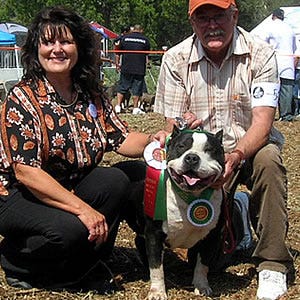
Ed had purchased Blackjack at the time Cruz was first getting into the Razors Edge bloodline. At the time, Cruz wasn’t as interested in Blackjack, because Blackjack wasn’t a Razors Edge dog. At the time, there was no Gottiline. Things really started to take off for Ed after purchasing 21 Blackjack from Cruz of Bow Wow Pits.
Cruz is perhaps most well known for his Stud Blow, a Monster G son. Cruz went on to be successful in his own right, creating a clothing line based off of Blow. The clothing line was simply known as Blow Genes.
Ed started to show 21 Blackjack and soon champed him out. From the popularity of 21 Blackjack, Ed started to build his Kennel. After years of line breeding and inbreeding, he created a solid recognizable look and had a yard full of amazing bullies.
Around 2008, Ed bred West Coast Gottyline’s Romeo to his female Barbee. This is how he produced the now world famous Gottyline’s Dax. After Dax began to mature, Ed realized that he had produced a truly remarkable stud dog, that at the time, was his best production to date. He then renamed his kennel and bloodline Daxline.
Dax was considered an extreme Bully. He had a very easy going temperament and was completely non-aggressive. Ed has no interest in breeding dogs with aggression, high energy or poor temperament. Dax finished his Show Career as an ABKC Grand Champion in the Extreme Class, but it was not without controversy.
Dax stood around 15 inches at the withers, weighed 75 pounds, and had a 24 inch head. He was Ed’s only house dog at the time. Ed simply states that he is loved part of the family and is also too valuable to leave outside.
DAX PRODUCTIONS
Dax is known as the best producing bully in the history of the American Bully movement. There is some debate as to whether Dax was an F1, F2 or F2 bulldog, but what isn’t up for debate is whether Dax could produce.
Dax Sired Ch Lucky Luciano, Louis V, Ch Magoo, Cashpot, Dual GrCh G-Train, Spartacus, Phenom, Boss, Kill Bill, Heat Stroke, Lil Sitch, Status, Havoc, Goku, Uso, Wyatt Earp among many others.
